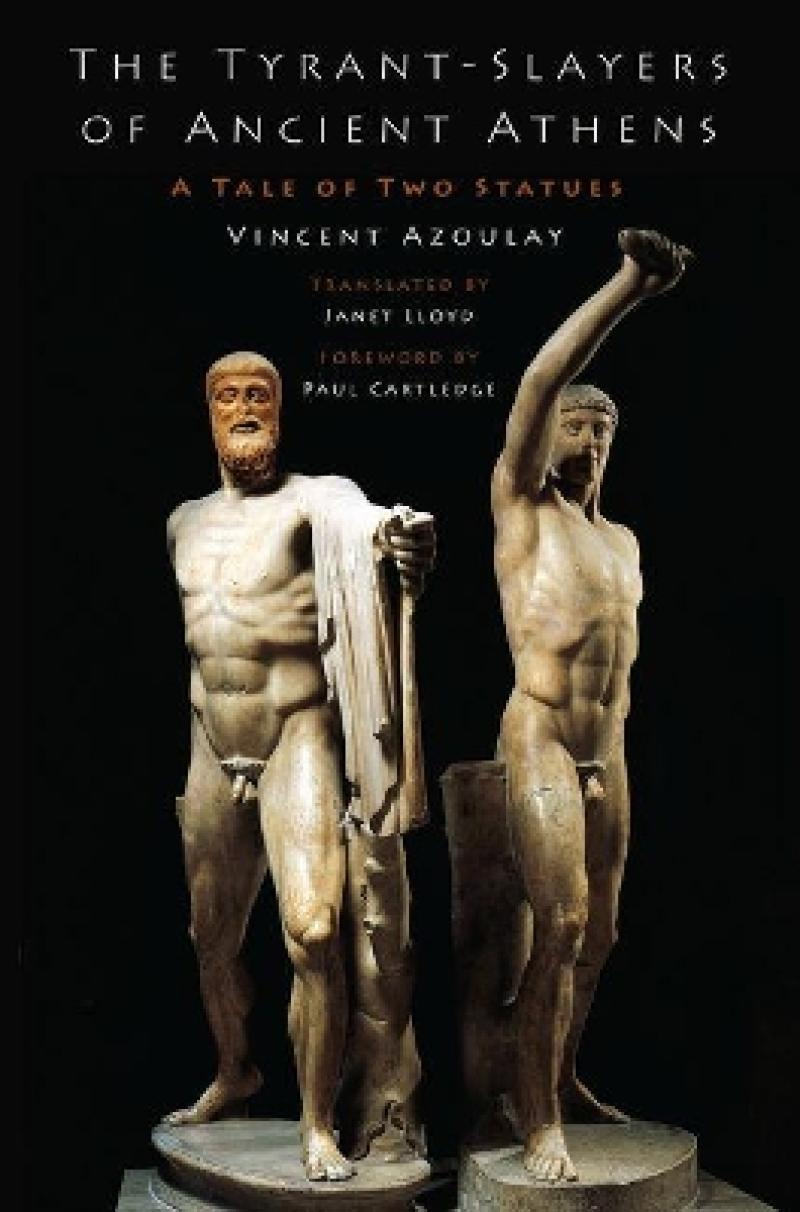Such an innovative treatment of a seemingly well-worn subject inspires fresh ways of thinking about the past in the present.
Tyler Jo Smith, Religious Studies Review
This is an original and fascinating study that shows how the statues of Harmodius and Aristogiton and their story have reverberated down the centuries.
Brian A. Sparkes, Classics for All
Azoulay's book is a pleasure to read -thanks also to the translator- as he travels with Harmodius and Aristogiton through the Athenian Agora, down unexpected Roman colonnades, and Syrian alleys. Although, as he confesses, the topic is familiar from political history and art history ('a torrent of specialist studies' 4; cf. 13), Azoulay presents good observations on the ambivalent ideologies of this statuefied pairing and unexpected viewpoints on changing 'strategies of celebration.
Donald Lateiner, Ohio Wesleyan University, in Bryn Mawr Classical Review
The overall design of [Azoulay's] microhistory is ingenious. By focusing on a single object originally found at the center of Athens, he conveys us meaningfully through seven centuries of political evolution: Harmodius and Aristogiton become the fixed points around which all of Greek history revolves.
New York Review of Books
This exhilarating study unpacks the multifaceted life and afterlife of two statues in Naples, known jointly as the Tyrannicides, depicting Athenian heroes Harmodius and Aristogeiton about to strike down Hipparchus, the brother of the Athenian tyrant Hippias, in 514 BCE.
CHOICE
Vincent Azoulay's work builds on his predecessors ... He offers a comprehensive account of the sources, whether literary, iconographic, historical, or epigraphic ... Paul Cartledge offers a stimulating and sympathetic foreword, and the concluding notes and bibliography are exceptionally full and detailed.
Lucilla Burn, Times Literary Supplement
